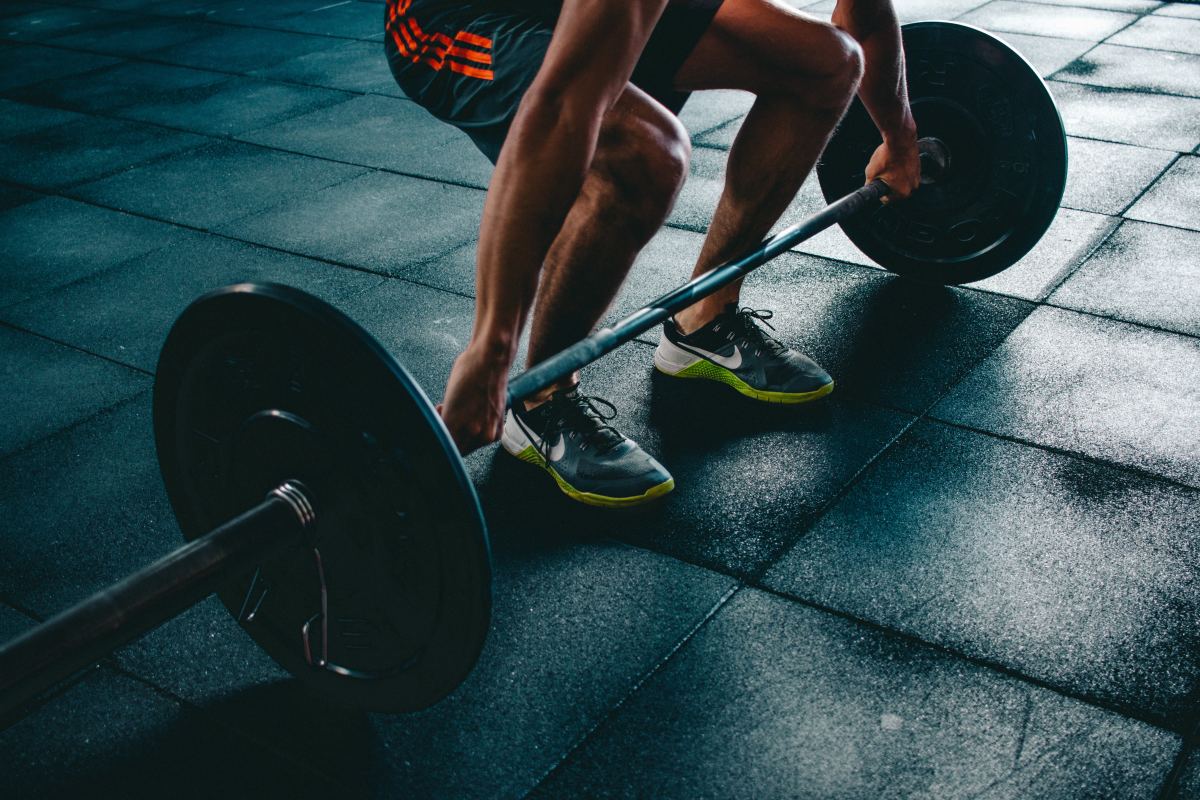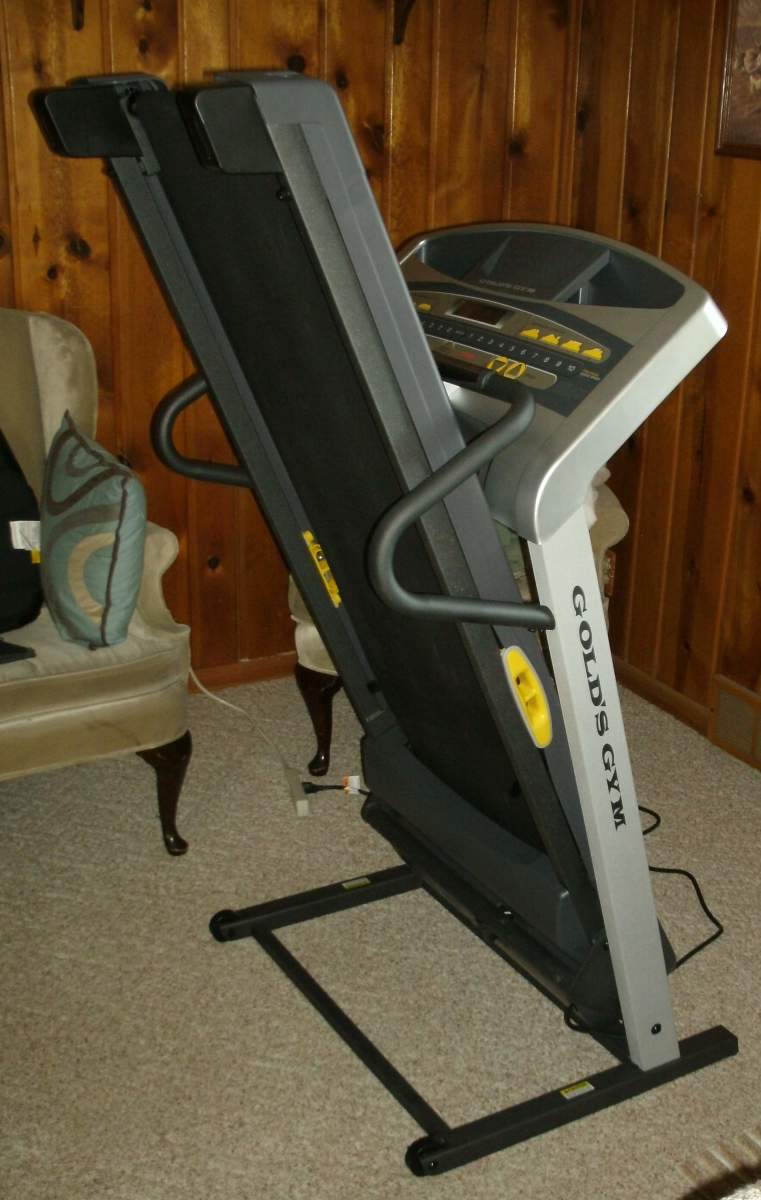Muscle and Joint Pain-Healing Soft Tissue Injuries

When you strain your muscles or suffer a joint sprain, the pain is intense and the debilitating effects are worse. Being unable to participate in normal activities is psychologically traumatizing, but doing everything you can to help a sports injury heal can help improve your state of mind. There are a number of ways to encourage healing as soon as the injury happens.
After the initial injury, sports medicine experts recommend the R.I.C.E. protocol, which stands for rest, ice, compression, and elevation.
R: Stop the activity which caused the injury!
I: Ice the area with a liquid or crushed ice pack for the first 24-48 hours (depending on severity of the damage.) Ice the area for 15-20 minutes at a time, remove the ice pack and let the area warm up, then repeat.
C: Compress the wounded area with an elastic bandage, but not too tight, which can prevent proper blood flow and cause unnecessary pain.
E: Elevate the area above the level of the heart to reduce swelling.
This initial stage does not eliminate the body’s natural inflammatory response to soft tissue injury, but it helps control it for optimal healing. In an ideal situation, after about 72 hours the damaged area will begin the second stage of healing, and you can consider other rehabilitation modalities.
Deep tissue massage:
Normally you can begin a course of massage therapy after the initial phase, but always check with your doctor for their professional opinion; a setback is not what you want right now! Starting massage too soon can potentiate the inflammatory reaction.
Massage is beneficial in breaking down the scar tissue that begins to form after the injury. While scar tissue is necessary to heal the injured area, it can form in random patterns and adhere to surrounding tissues.
These adhesions limit mobility, prevent the muscles from contracting fully and leave the area vulnerable to re-injury. Regular deep tissue massage encourages proper scar tissue formation, reduces swelling and increases blood flow to the area. In short, massage encourages faster, more complete healing.
Heat:
Heat therapy is an acceptable way to warm up chronic injuries that have left muscles and joints stiff and sore. Before exercising, apply a moist heated towel or dry heating method to encourage blood flow to the area and increase joint mobility. Heat is not appropriate therapy for acute pain that is accompanied by inflammation.
As with ice, apply the heat pack for 15-20 minutes at a time, and before exercise. Apply ice to the area after the workout if swelling or pain is an issue. If chronic pain persists or worsens, it is time to cease activity and see a sports medicine specialist.
Pharmacological Intervention
Your doctor may prescribe non-steroidal anti-inflammatory drugs to reduce discomfort and help control swelling. Depending on how serious the damage is, injectable corticosteroids and local anesthetics may also be used. If you are prescribed an anti-inflammatory such as ibuprofen to help with the initial healing stage and increase your comfort, take it as directed and help speed the injured area to recovery.
Physical Therapy
Starting a light course of physical therapy in the early stages of healing has been shown to have some benefit in preventing loss of function. However, too much activity, even the use of massage, can be detrimental to healing. If pain or swelling gets worse, it is important to return to resting the anatomical structure.
The process of healing a soft tissue injury is psychologically trying, perhaps more so for competitive athletes. However, by following the therapy protocol until the area can begin light activity again, an extended recovery period can be avoided.
Watch What you Eat
Good nutrition is always important for anyone who wants to perform and feel their best, but did you know it can also help reduce inflammation? Follow these eating tips to help your body heal faster:
- Avoid red meat or choose the leanest cuts available. Even better, eat more salmon, albacore, trout and mackerel. The omega-3 fatty acids are good for the heart and inflammation.
- Eat healthy carbohydrates from vegetables and whole grains. The high fiber content of these foods can help control inflammation.
- Fill your diet with phytochemical and antioxidant rich blueberries, cranberries and strawberries. In addition to other health benefits, these richly colored fruits contain powerful anti-inflammatory flavanoids like quercetin.
- Drink lots of water. People who exercise on a regular basis need even more water than a sedentary person; but people healing from an injury also need plenty of fluids to aid in their recovery. Other than pure H2O, fresh squeezed juices and caffeine free teas are a good choice.

- How to Strengthen the Rotator Cuff
The rotator cuff is a tendon attaching to four muscles connecting the arm to the shoulder blade (scapula) They can be remembered by the acronym S.I.T.S which stands for supraspinatus, infraspinatus, teres... - Tips for Effective Bodyweight Workout Routines
When you think of bodyweight training the first exercises that come to mind are push-ups, squats, ab exercises and probably pull-ups and dips; and with good reason. These are all effective exercises and the... - Lose Ab Fat by Losing Bodyfat
Losing weight and reducing body fat is a much easier process than you've bean lead to think. In fact, it's so simple it can be summed up in one sentence: Calories in minus calories out equals... - Ramblings on Parenthood
Staring out from the garage side door at the moonlit clouds in the night sky, relief flooded my body. My garage also houses the home gym so some of this relief was attributed to the rush of endorphins released... - Muscle Mass-The Best Basic Lifts for Maximum Gains
Building muscle is frequently advertised as an activity that must be engaged in with the use of supplements, tons of protein packed into shakes or overfeeding, and scientifically chosen sets and reps that are... - Work From Home-Real Options
"How to find a work at home job", or "how to make money working from home" is a little off of my usual topics, but having perused several such articles, I felt that I could contribute something of value to... - Muscle Injury, Muscle Strain, Muscle Pain!
Soft tissue injuries like those incurred during sports or other physical activity can be painful and debilitating. They are frustrating as well, taking the injured party out of the game or out of their normal...



